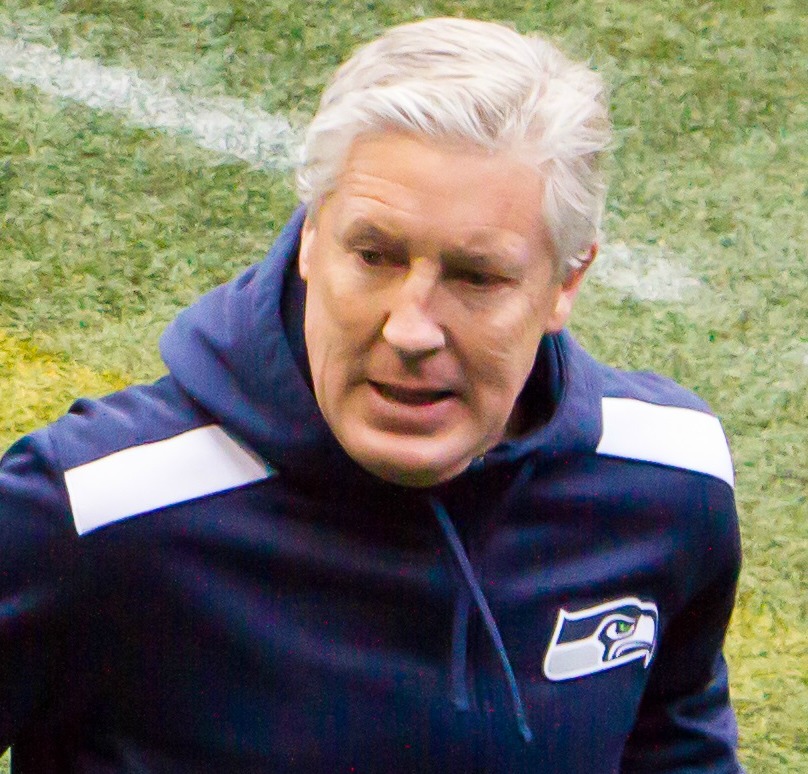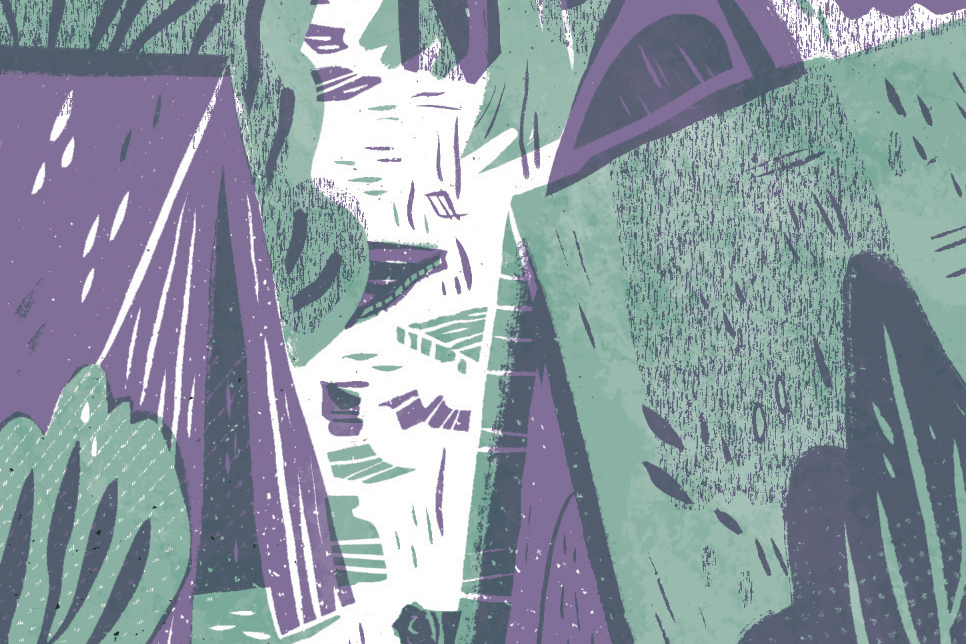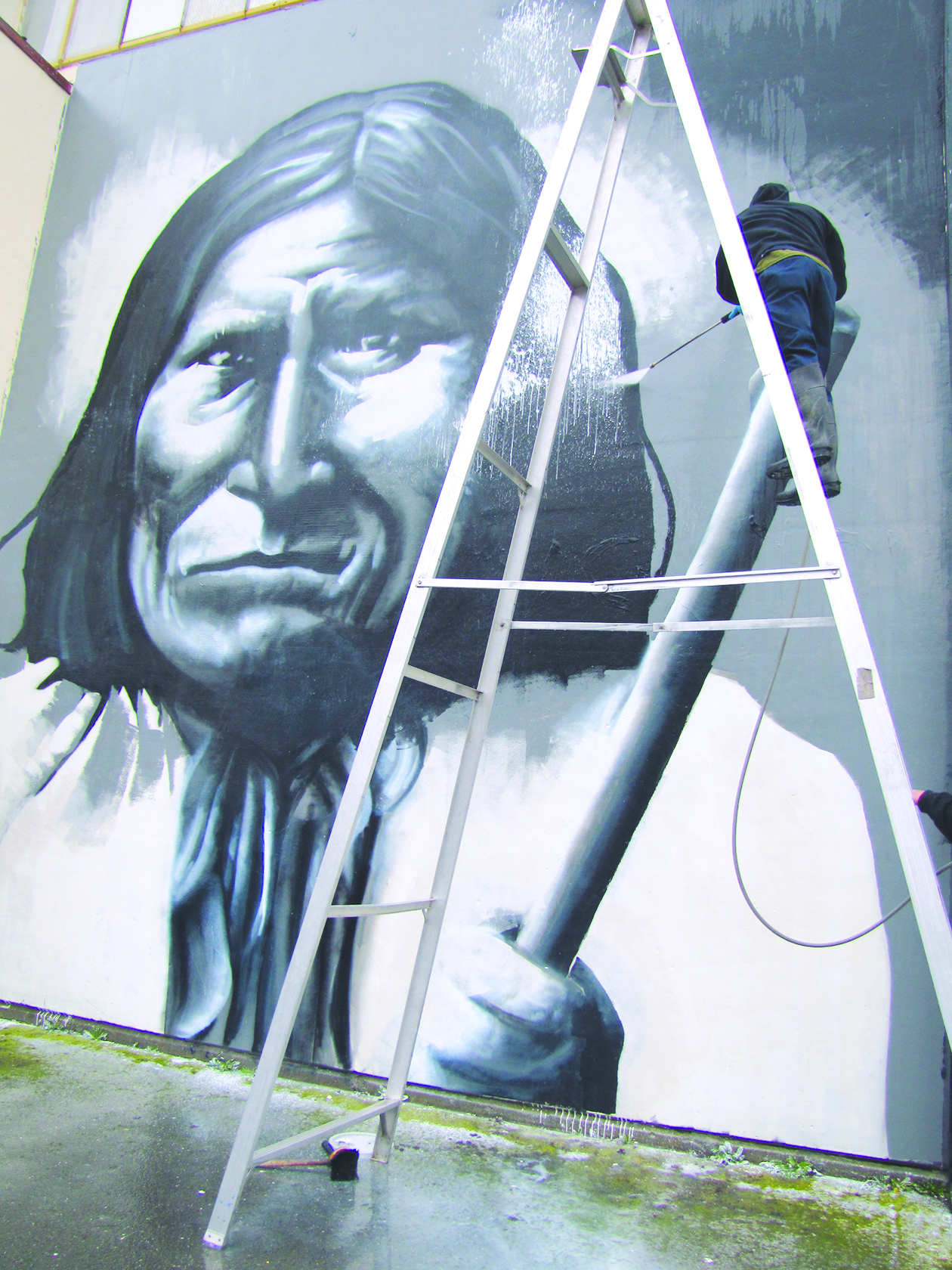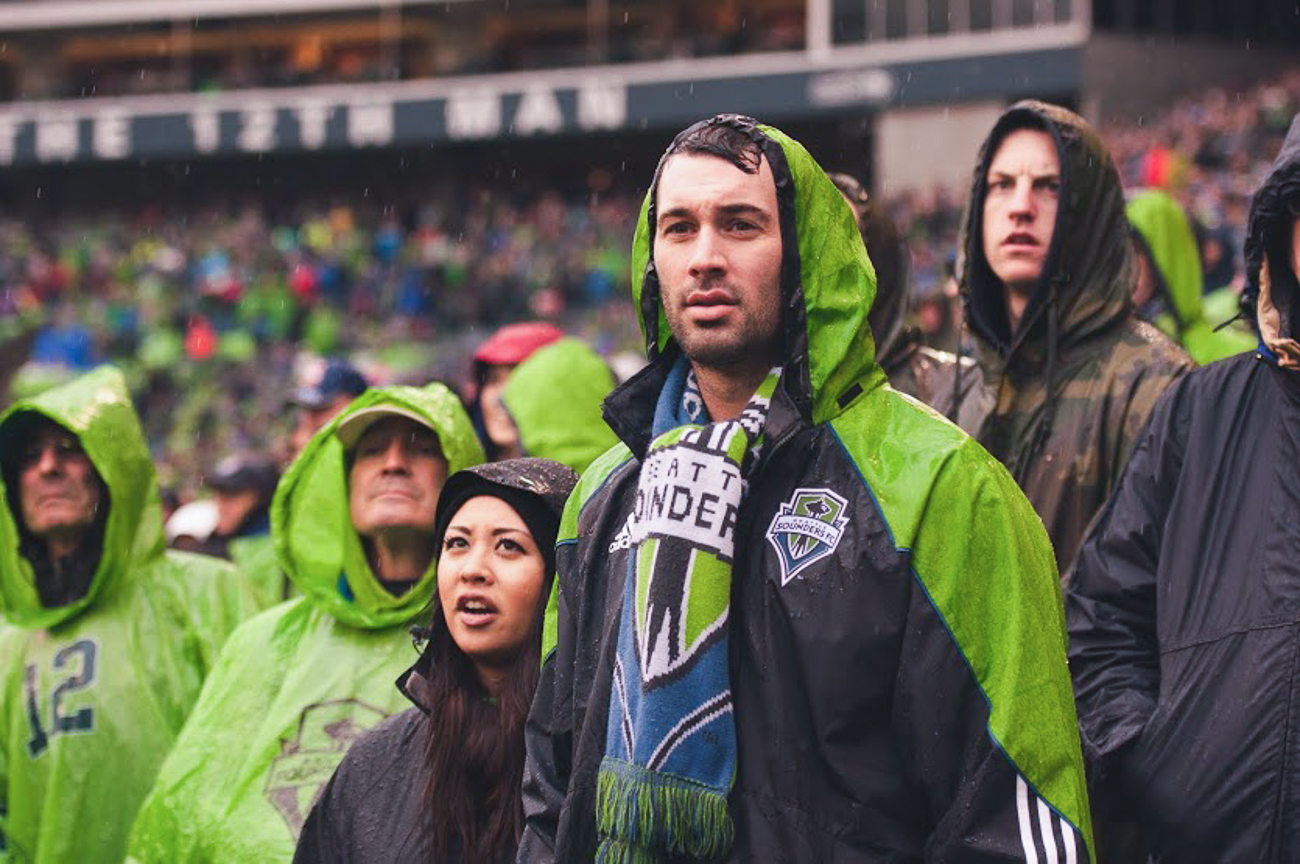Pete Carroll has reached the top of the mountain. The coach of the reigning Super Bowl champion Seattle Seahawks received a new 3-year contract with the team Friday, a deal that will reportedly make Always Compete Pete one of the three highest paid coaches in the league.
Based on the on-field success he’s achieved, and the team-building success he’s had in working with General Manager John Schneider, it’s most certainly deserved. The Seahawks, for their all-time defense, young quarterback, innovate approach, and – most notably – incredible gridiron success, are the toast of the league, for obvious reason.
That said, the announcement of Carroll’s contract extension is also a remarkable achievement for a 62-year-old (albeit hyperactive) coach who at different times during his four-decade career has been considered “too soft,” or “too informal,” or “too lodged in Never Never Land,” or just a plain “cheater.”
Let’s look back, shall we …
After bouncing around college football for a decade, and then spending another ten as an NFL defensive assistant, Carroll became the head coach of the New York Jets in 1994. One of the first things he did was paint a basketball court in the parking lot of the team’s practice facility where coaches would play three-on-three in their spare time. The Jets went 6-10 that season, and Carroll was canned. As it turns out, pickup hoops looks pretty bad when you only win six games.
From 1997 to 1999, Carroll spent three seasons as head coach of the New England Patriots. His Drew Bledsoe-led teams reached the playoffs twice and achieved a 27-21 record overall, but Carroll was fired after missing the playoffs in 1999 and replaced by one Bill Belichick. As Bill Simmons wrote for ESPN in 2001, “Within months,” of Carroll’s hiring in New England, “players were diving into mosh pits, missing practices, and getting into car accidents and fistfights. Even though they were a consensus Super Bowl contender, the Pats kept making mistakes in big moments, and Carroll’s goofy ‘I’m jacked and pumped!’ routine was bordering on ‘Saturday Night Live sketch’ territory. One of my readers at the time joked, ‘The Pete Carroll era finally answers the question of why Fredo was never given control of the Corleone family.’”
In some ways disgraced in pro football circles, Carroll headed to USC in 2000. He was not the team’s first choice for the job; in fact, he was their fourth, and the hiring was widely criticized. Meanwhile, Carroll had the task of taking over a struggling USC football program coming off the disappointing Paul Hackett era. Originally signed to a five-year contract, Carroll managed to turn USC into a perennial national and Pac-10 powerhouse from 2001-2009, reaching two National Championship games in the process.
Of course, not everything was rosey in LA. Shortly after Carroll left USC to take the Seahakws job in 2010, the NCAA hit USC hard with major sanctions earned under Carroll’s watch. As the LA Times reported at the time, “Citing a history of misdeeds by an out-of-control athletic department, the governing body for college sports hit USC with a string of penalties Thursday that will keep the powerhouse Trojans football team out of bowl games for the next two seasons and could cost the university millions of dollars.
“The sanctions culminated a four-year investigation by the National Collegiate Athletic Assn. prompted by separate reports that two star athletes — Heisman Trophy-winning tailback Reggie Bush and basketball guard O.J. Mayo — had accepted improper gifts from outside sports marketers and agents.”
In addition to the bowl ban and a loss of scholarships, the sanctions vacated wins under Carroll from two years, 2005 and the 2004 national championship season.
It was under this cloud that Carroll – hated for his time as a rival to the Huskies at USC – began his Seahawks career in Seattle. Perhaps former Seattle Weekly Editor-in-Chief Mike Seely summed up the fan reaction to his hiring up best, calling Carroll “USC’s whiny, NFL failure of a coach,” and predicting that “NFL players are adults, and they won’t play Carroll’s rah-rah-siss-boom-bah, gimmicky bullshit.” Seely elaborated on the hatred:
“If you’re a parent who doesn’t want your kids complaining about Lima beans, don’t show them footage of Carroll on the sidelines, because all he does is bark at the refs, all game long. Any Husky fan who’s a real Husky fan fucking hates Carroll, and methinks it’ll be a slow thaw once he’s patrolling the sidelines in SoDo. If the objective of Seahawk brass is to widen the rift between UW’s View Ridge-Bellevue clientele and the Hawks’ Auburn-Larry the Cable Guy clientele, this oughta do it.”
Instead, it’s brought a Super Bowl championship to a town that’s never known the taste of victory before, and – as of today – made Carroll one of the best – if not the best – paid coaches in the game.
As Seely told me in the lead-up to the Super Bowl, four years after his initial hiring rant, “I HATED Peter the Cheater several years ago. But now he’s OUR cheater.”
Something tells me that all-is-forgiven sentiment sums up the feelings of many Hawks fans today.
It’s good to be a winner, and Pete Carroll has become just that.
*This article has been updated to clarify/correct Carroll’s coaching resume and record at USC. Specifically, Carroll was a defensive backs coach in Buffalo and Minnesota, and defensive coordinator for the Jets, before becoming a head coach in New York. Also, Carroll’s USC teams played in two BCS title games (following the 2004 and 2005 seasons) – winning the first and losing the second. In 2003, Carroll’s Trojans won the Rose Bowl and were awarded the AP title. Thanks to Evergreen grad Kenny Via for the heads up.








